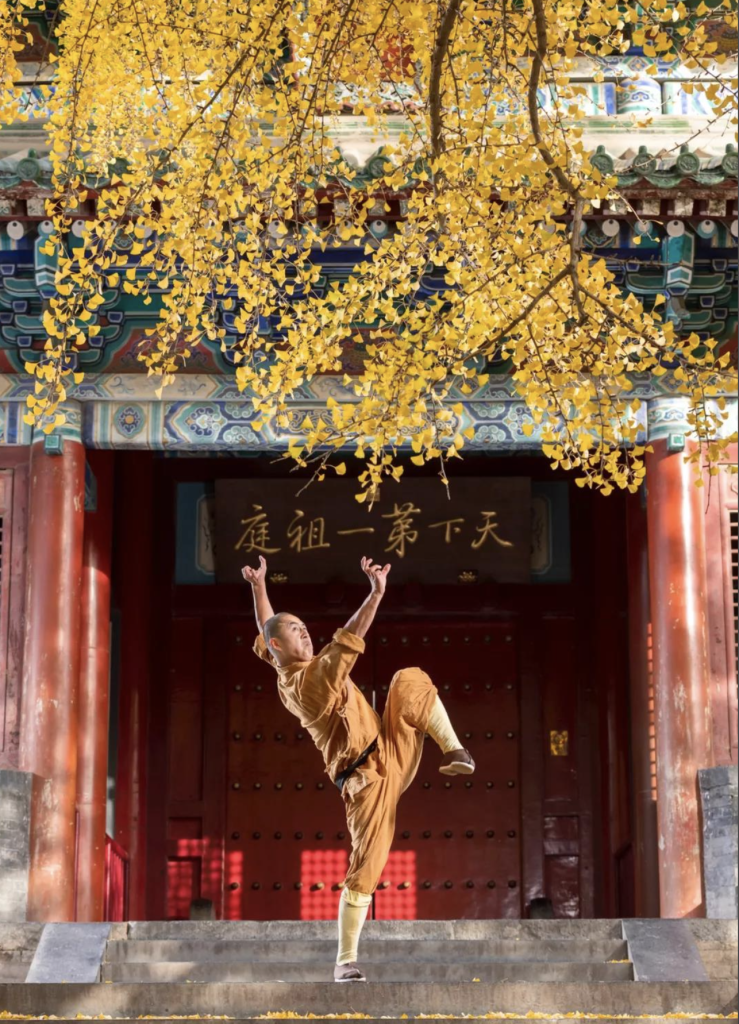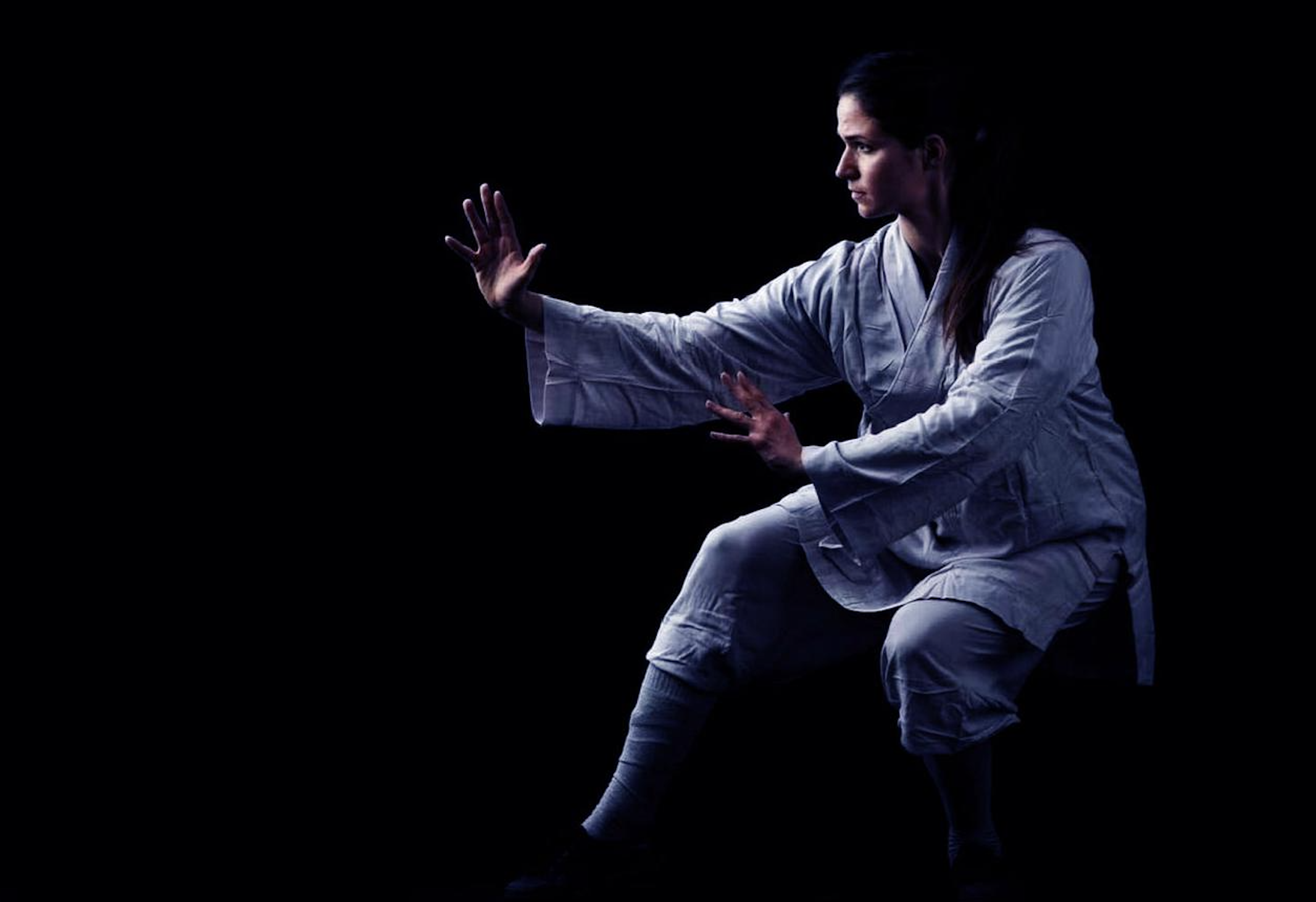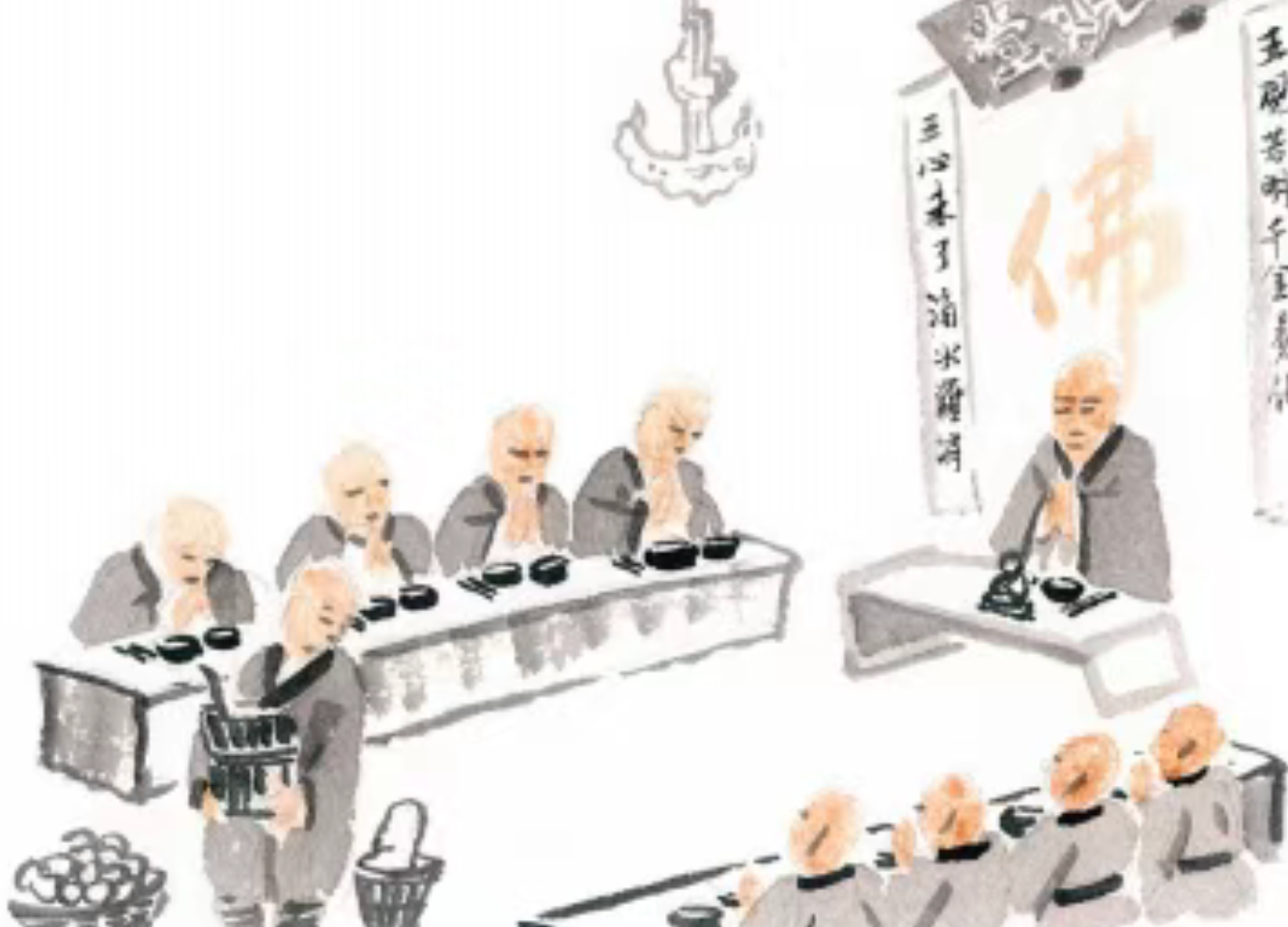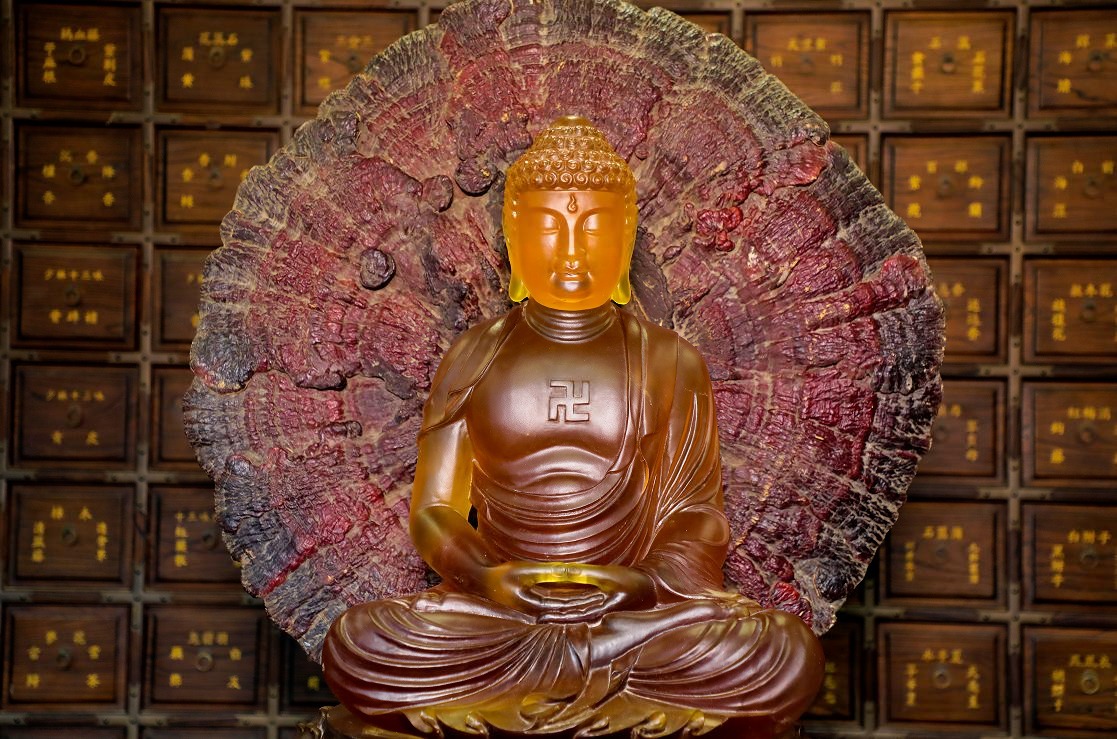
Shaolin Kung Fu: Schools and Systems
An analysis of the major branches of Shaolin martial arts—such as Luohan Quan (Arhat Fist), Yijin Jing (Muscle-Tendon Change Classic), and the 72 Unique Skills—along with their technical characteristics.
A discussion on the classification of Shaolin Kung Fu (e.g., fist techniques, weaponry, internal cultivation) and its distinctions from other Chinese martial arts traditions like Wudang and Emei.
The Major Branches of Shaolin Kung Fu
Shaolin martial arts are not monolithic but a vast, structured system refined over centuries. Below are its core components:
1. Luohan Quan (罗汉拳, Arhat Fist)
- Origin: Inspired by the 18 Arhats, enlightened beings in Buddhism.
- Characteristics:
- Circular, flowing movements mimicking the Arhats’ meditative postures.
- Emphasizes balance and rooted stances (Zhan Zhuang).
- Philosophy: Each form embodies a moral lesson (e.g., “Patience is the highest fist”).
2. Yijin Jing (易筋经, Muscle-Tendon Change Classic)
- Origin: Attributed to Bodhidharma, the founder of Zen at Shaolin.
- Characteristics:
- A series of dynamic tension exercises to cultivate Qi (vital energy).
- Combines slow, deliberate motions with controlled breathing (Tuna Fa).
- Purpose: Strengthens the body for both combat and prolonged meditation.
3. 72 Unique Skills (七十二绝技)
- Legend: Said to be developed by Shaolin monks to defend the temple.
- Notable Techniques:
- Iron Shirt (铁布衫): Hardening the body to withstand blows.
- Light Body Skill (轻功): Agile leaps and wall-running techniques.
- Training: Requires decades of discipline, often paired with Shaolin Medicine for recovery.
Classification of Shaolin Martial Arts
Shaolin Kung Fu can be categorized into three primary dimensions:
1. Fist Techniques (拳法, Quan Fa)
- Examples:
- Xiao Hong Quan (小洪拳): Foundational form for beginners.
- Da Luohan Quan (大罗汉拳): Advanced Arhat variations.
- Style: Linear strikes mixed with circular defenses, reflecting the Chan Wu principle: “Softness overcomes hardness.”
2. Weaponry (器械, Qi Xie)
- Signature Arms:
- Staff (棍, Gun): The monk’s primary tool, symbolizing humility (wood over steel).
- Straight Sword (剑, Jian): Used in rituals, embodying wisdom (Prajna).
- Philosophy: Weapons are extensions of the body’s Qi, never wielded for aggression.
3. Internal Cultivation (内功, Nei Gong)
- Practices:
- Qigong (气功): Energy channeling exercises.
- Sitting Meditation (坐禅, Zuo Chan): Mental clarity for combat intuition.
- Goal: To achieve Shenfa (body-method unity), where movement arises spontaneously.
Shaolin vs. Other Chinese Martial Arts
| Aspect | Shaolin | Wudang | Emei |
|---|---|---|---|
| Philosophy | Chan Buddhism (Zen) | Taoism (Wuwei) | Syncretism (Buddhism/Taoism) |
| Techniques | Explosive power, linear strikes | Circular, yielding movements | Compact, rapid close-range |
| Signature Form | Luohan Quan | Tai Chi Quan | Emei 12 Zhuang |
| Weapons Focus | Staff, spear | Sword, fan | Twin hooks, needles |
Key Difference:
- Shaolin prioritizes ”Martial Virtue (武德, Wu De)”—using force only as a last resort.
- Wudang emphasizes ”Overcoming hardness with softness.”
- Emei specializes in ”Hidden weapons and female-centric styles.”
The Living Tradition
Today, Shaolin’s legacy thrives through:
- Duanpin System (段品制): A global ranking standard for Kung Fu proficiency.
- World Shaolin Games: Showcasing forms while preserving their spiritual roots.
As the Vimalakirti Sutra teaches:
“The Dharma is neither violent nor pacifist;
It is the wisdom to know when to act.”
Final Thought:
Whether through a monk’s fist or a dancer’s reinterpretation, Shaolin Kung Fu remains a bridge—from physical mastery to emptiness (Sunyata).
Amitabha.



